Animal Life news stories
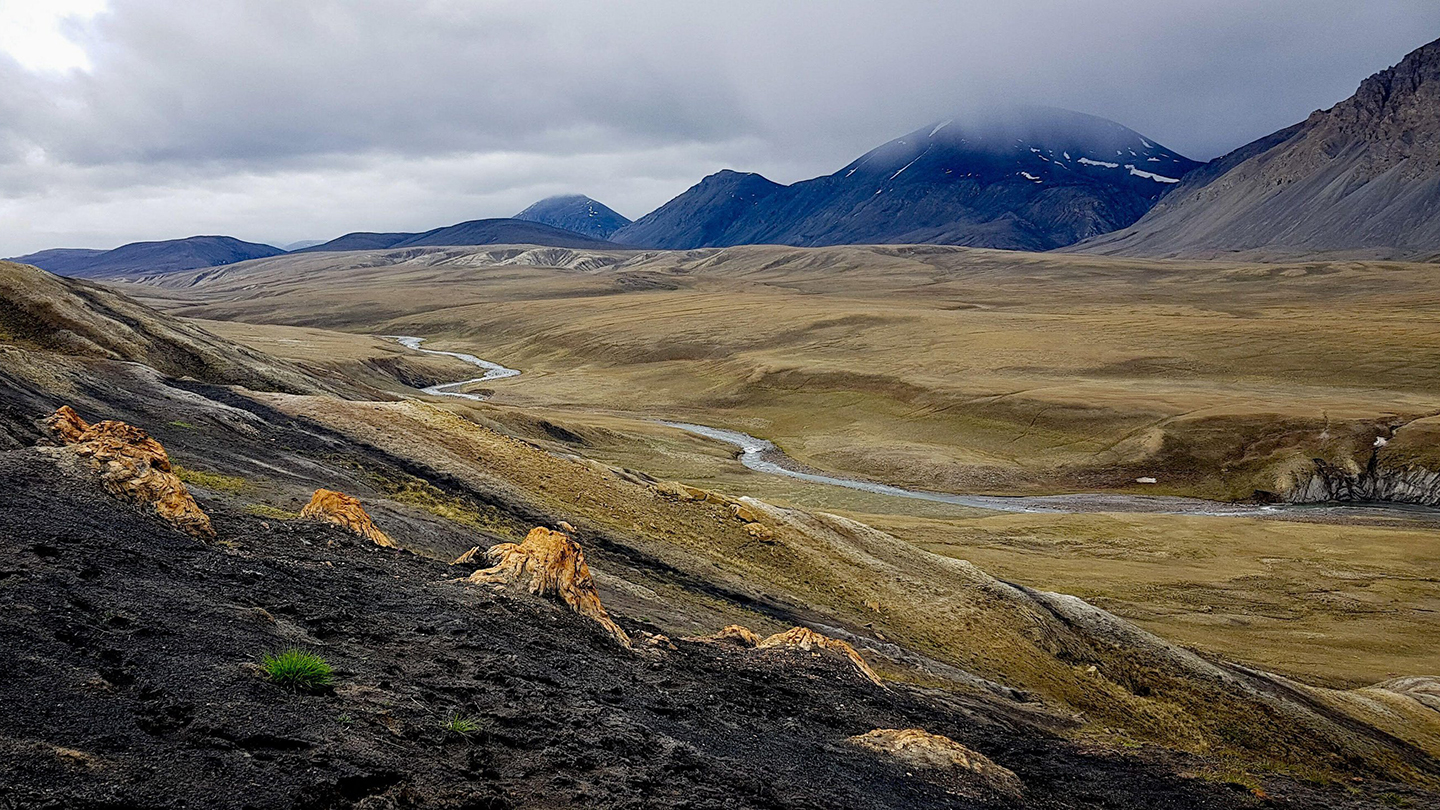
The Arctic today is a hostile place for most primates. But a series of fossils found since the 1970s suggest that wasn’t always the case. See study here.
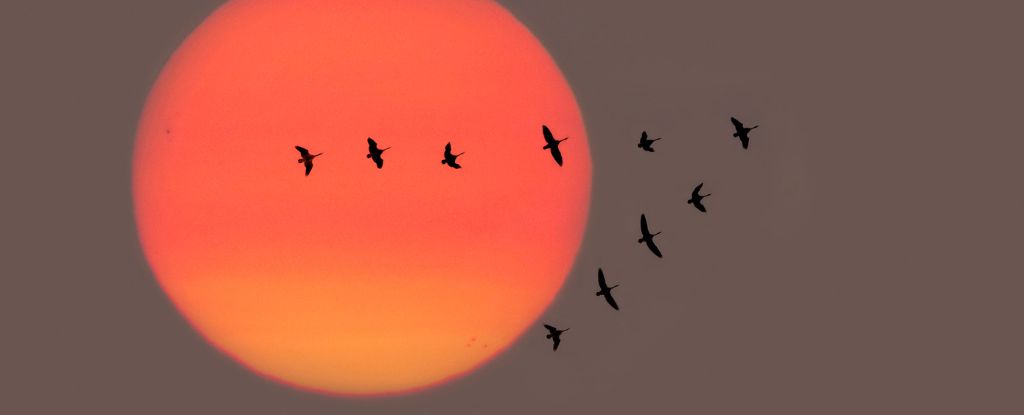
The new findings suggest that magnetoreception could be much more common in the animal kingdom than we ever knew. If researchers are right, it might be an astonishingly ancient trait shared by virtually all living things, albeit with differing strengths. The study was published in Nature.
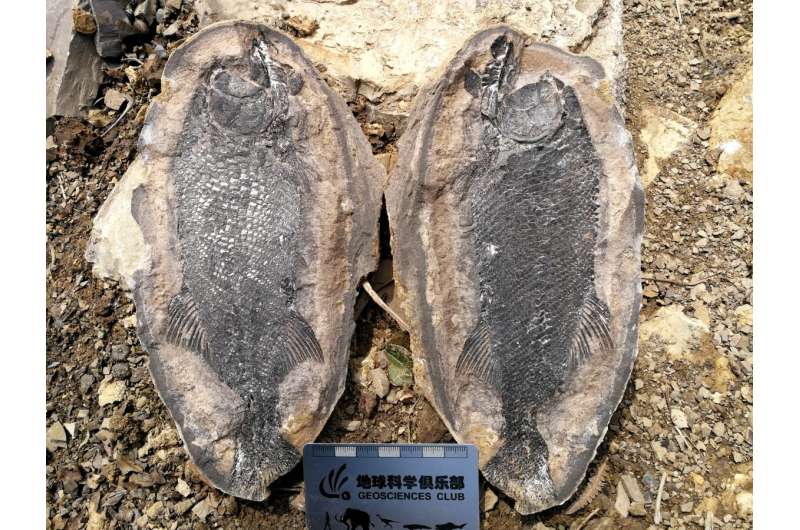
About 250 million years ago, the Permian-Triassic mass extinction killed over 80% of the planet’s species. In the aftermath, scientists believe that life on Earth was dominated by simple species for up to 10 million years before more complex ecosystems could evolve. Now this longstanding theory is being challenged by a team of international researchers. See paper here.
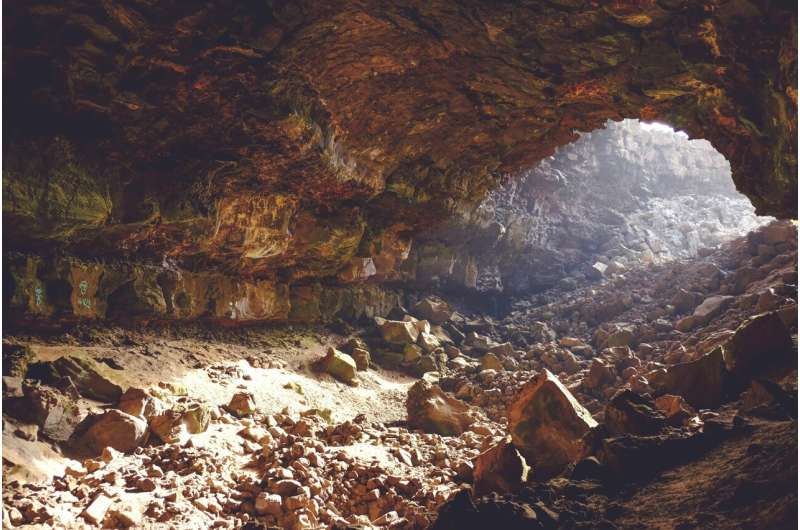
A study published in Frontiers in Environmental Archaeology shows that 90,000 years ago, these Neanderthals were cooking and eating crabs.
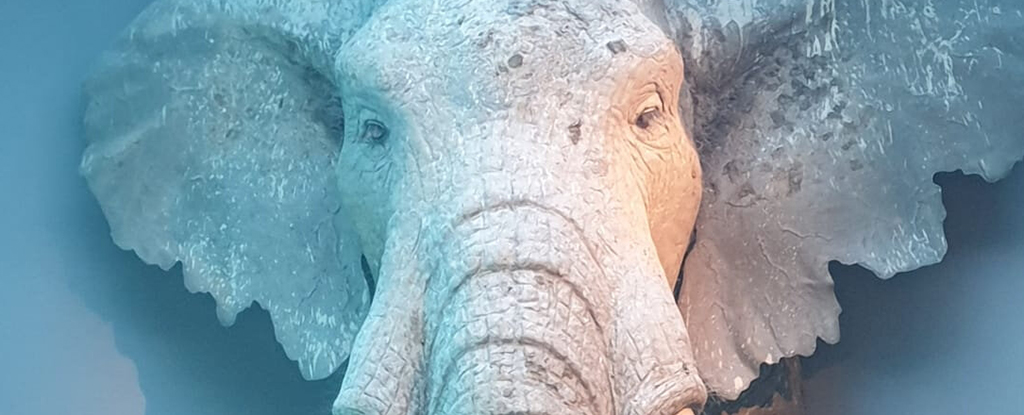
A new analysis of 125,000-year-old bones from around 70 elephants has led to some intriguing new revelations about the Neanderthals of the time: that they could work together to deliberately bring down large prey, and that they gathered in larger groups than previously thought.
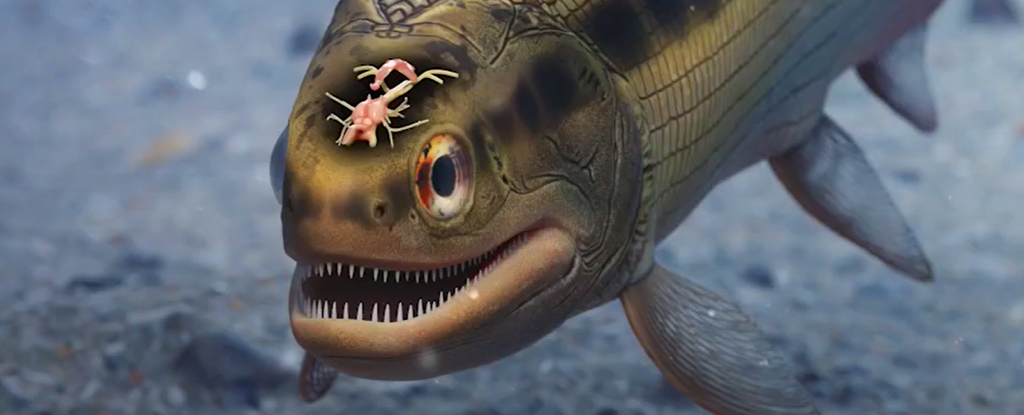
Paleontologist Matt Friedman was surprised to discover a remarkably detailed 319-million-year-old fish brain fossil while testing out micro-CT scans for a broader project.
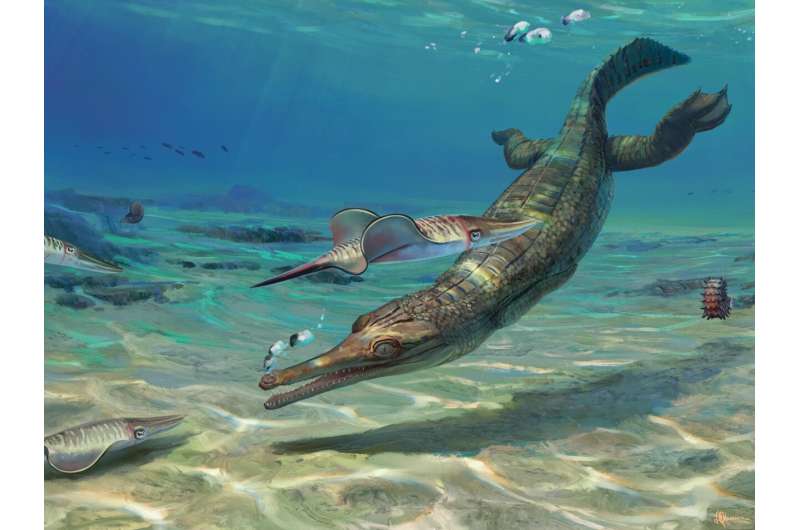
A new study has uncovered a new thalattosuchian—an ancient ‘sister’ of modern-day crocodiles’ ancestors.
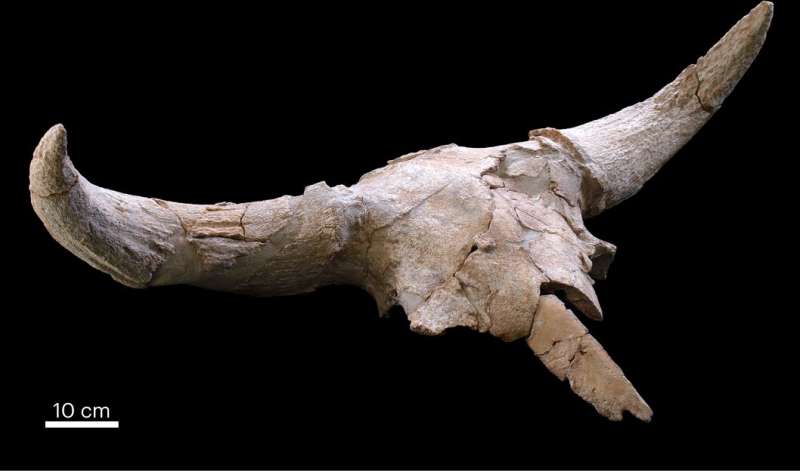
A team of researchers affiliated with a host of institutions across Spain, working with one colleague from Portugal and another from Austria, has discovered a large number of animal skulls placed by Neanderthals in Spanish cave more than 40,000 years ago
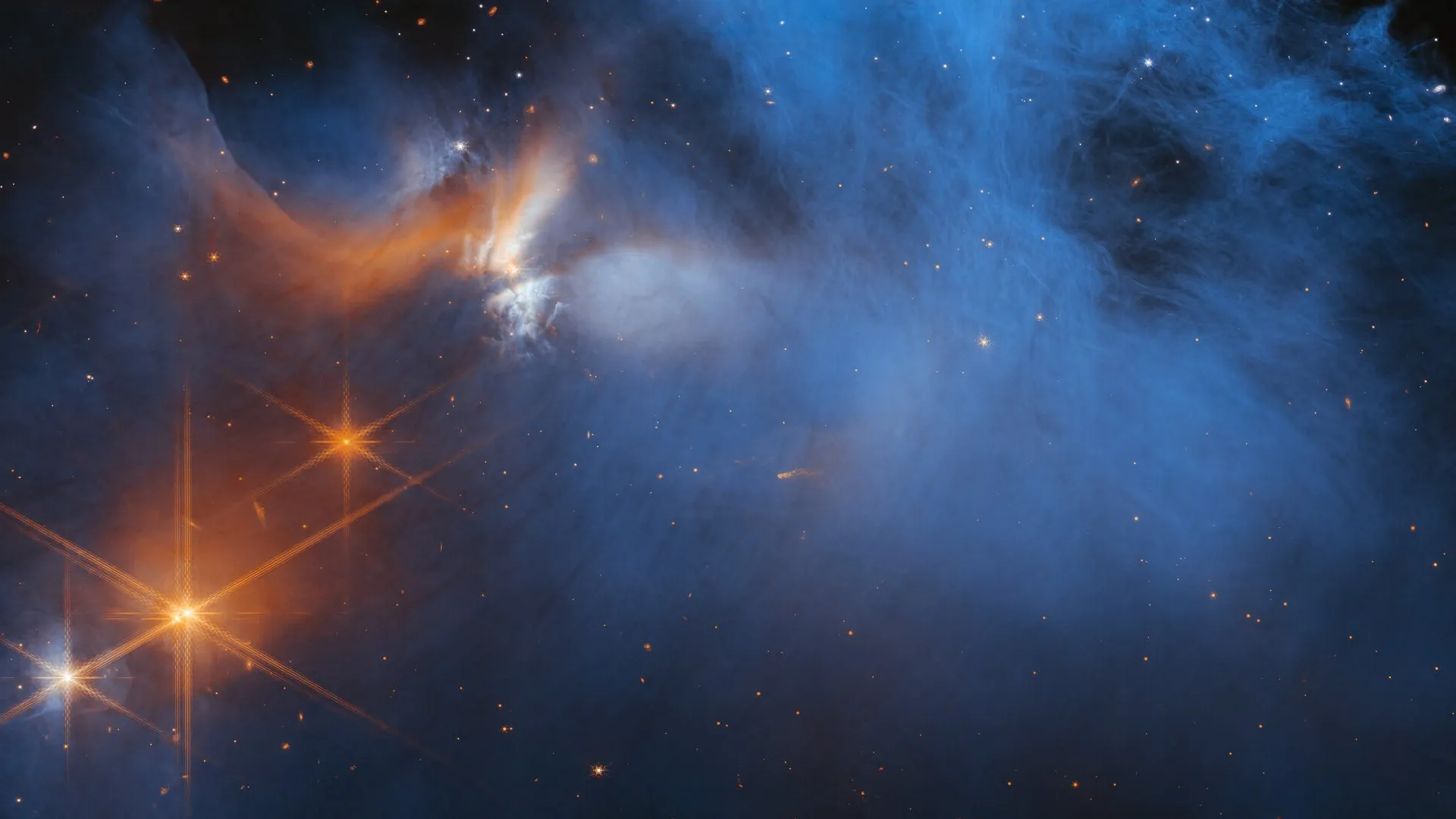
The James Webb Space Telescope’s latest observations of icy molecules will help scientists understand how habitable planets form.
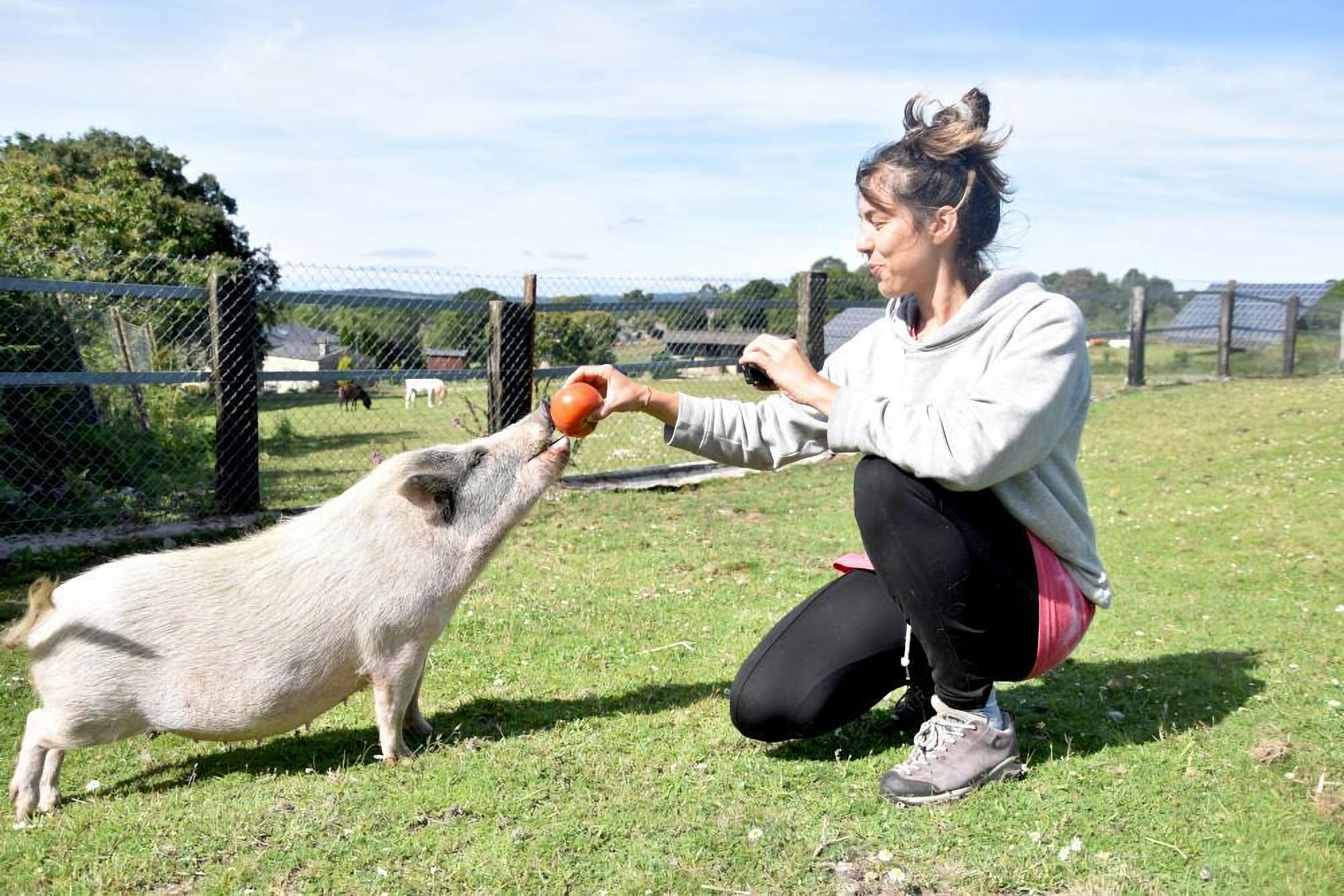
This study shows that directing humans’ attention to interesting locations may not be something that every domestic animal can do.
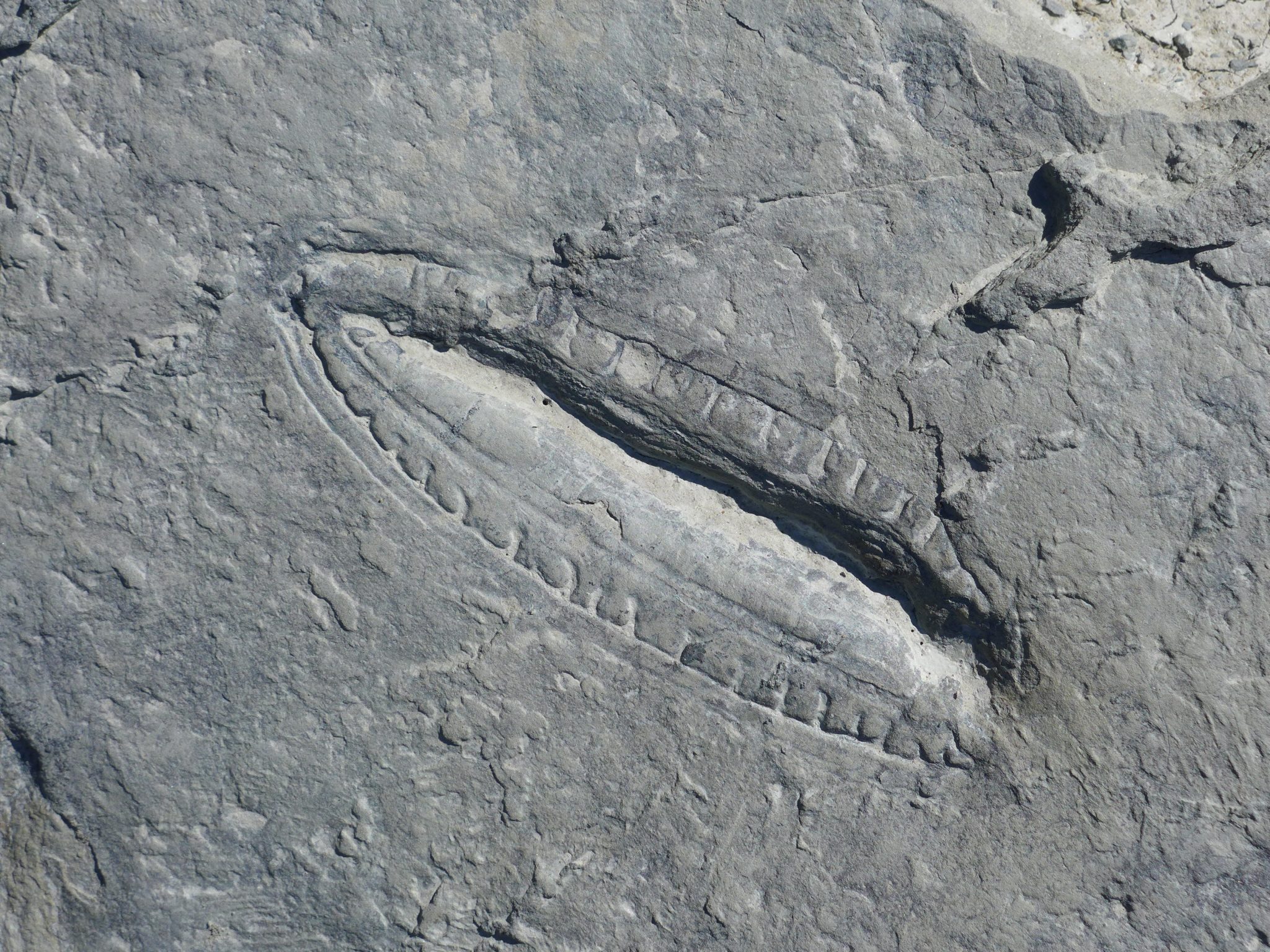
Scientists from The Australian National University (ANU) have uncovered new insights into the physiology of our earliest animal ancestors by studying the contents of the last meal consumed by the Ediacara biota, the world’s oldest large organisms dating back 575 million years.
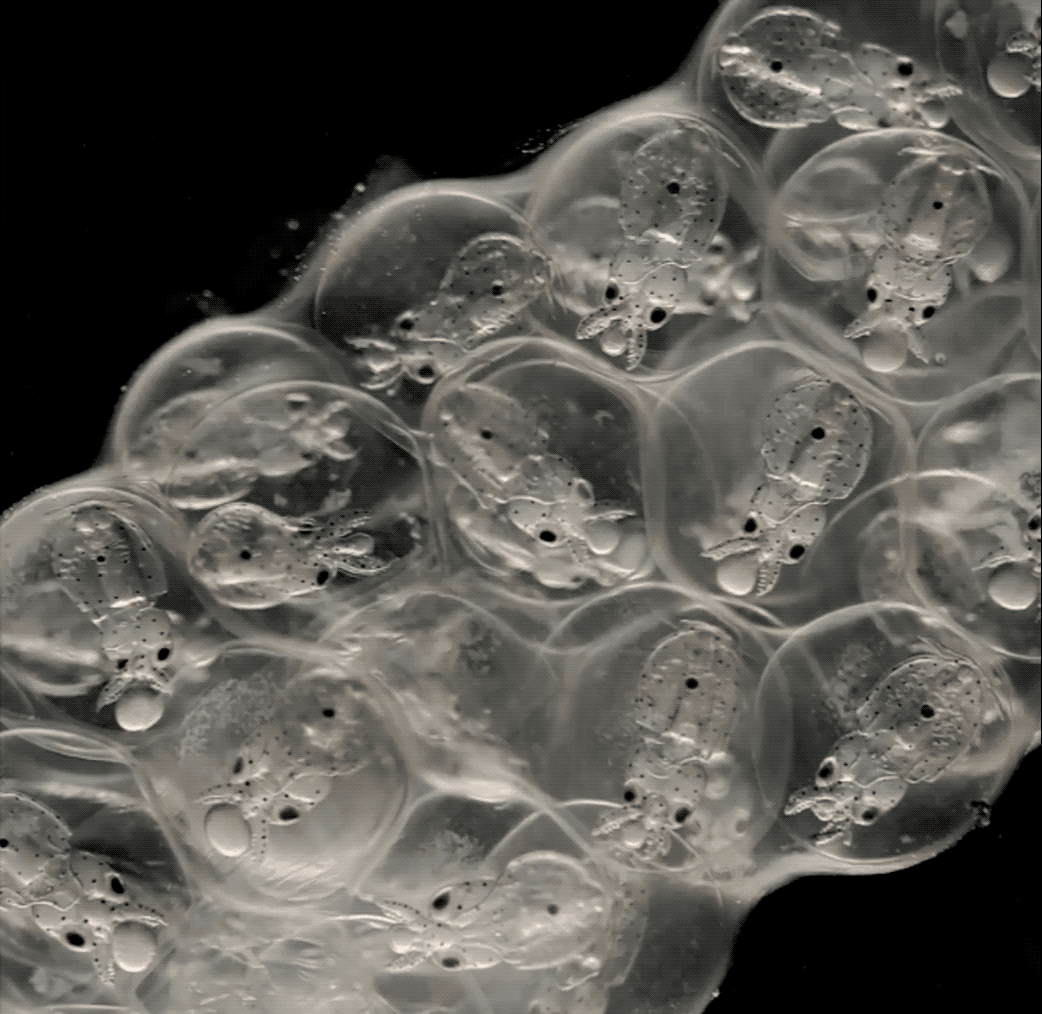
Scientists who watched nerve cells connect inside the eyes of growing squid have uncovered a remarkable secret — the cephalopods’ brains independently evolved to develop in the same way ours do.
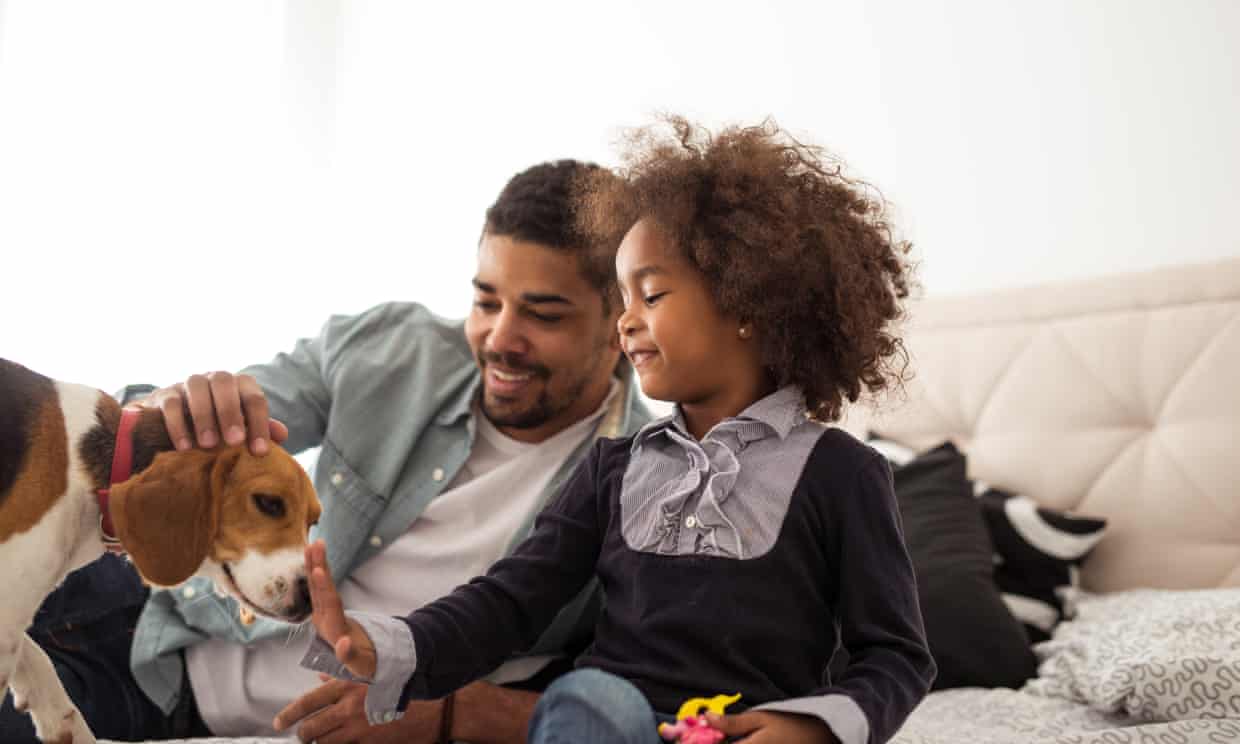
Children as young as two years old went out of their way to help dogs get toys and tasty treats that were placed beyond their reach, despite never having met the animals before, scientists found.

Researchers believe that ancient stone tools discovered in Brazil are the work of capuchin monkeys, not early humans, the art and design website Artnet reported, citing an academic article.

The Bering Land Bridge, a stretch of land that once connected Asia with North America, came into existence much later than experts previously thought, but humans likely crossed not long after it formed, according to a new study.

To the uninformed, his land looks wild. But much of it is farmed: one part has timber trees for making furniture, in another cacao trees for chocolate, near the top a garden for herbs, and everywhere throughout the forest a variety of fruit, vegetables and flowers.








